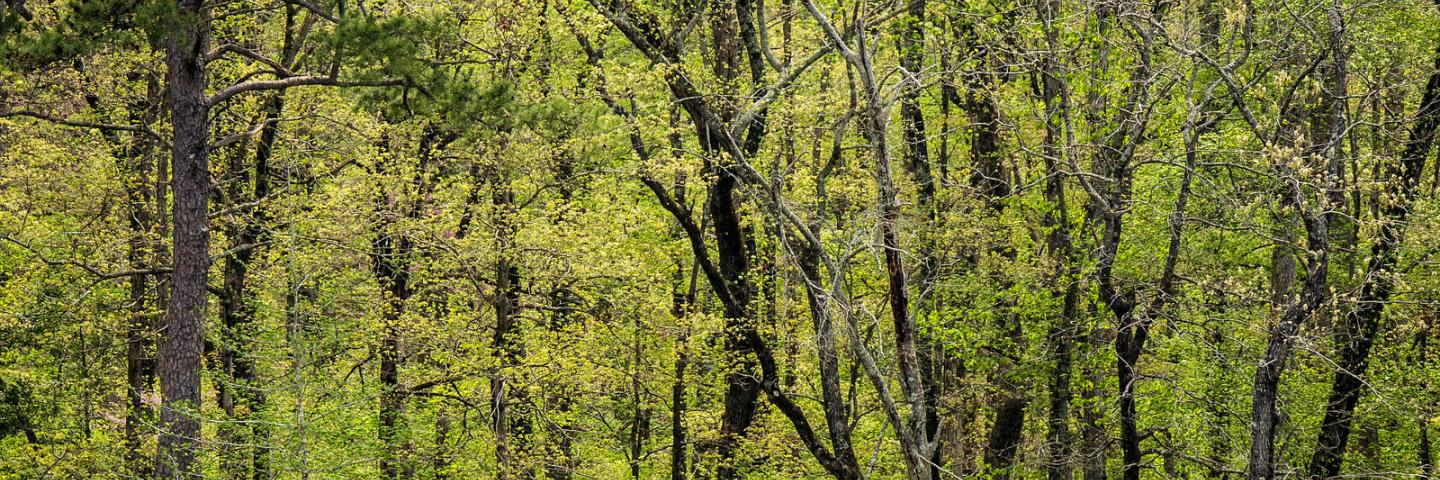NRCS Announces New Partnership Project to Improve Habitat Across Allegheny Plateau

NRCS announces a new project focused on improving the health and resiliency of resources across the Allegheny Plateau in cooperation with the Allegheny National Forest.
HARRISBURG, Feb. 21, 2023 – The U.S. Department of Agriculture (USDA) Natural Resources Conservation Service (NRCS) announces a new project that will focus on improving the health and resiliency of both public and private forest resources across the Allegheny Plateau. NRCS will provide more than $330,000 in fiscal year 2023 to a partnership effort between Allegheny Forest Health Collaborative, Pennsylvania Department of Conservation and Natural Resources, Bureau of Forestry, Pennsylvania Game Commission, Pennsylvania Woodland Stewardship Innovation Partnership, Ruffed Grouse Society, and Western Pennsylvania Conservancy.
Through the Allegheny Plateau Habitat Restoration project, habitat development treatments will be prioritized through collaborative management for two at-risk species: the ruffed grouse and cerulean warbler. In turn, this project will provide benefits to communities by maintaining healthy, resilient forests through sustainable management while ensuring a consistent supply of ecosystem services. Treatments will benefit the rural 10-county area as well as urban populations.
This funding is part of more than $48.6 million provided this year through the Joint Chiefs’ Landscape Restoration Partnership. It is one of 14 new projects selected across the U.S. bringing together agricultural producers, forest landowners, and National Forest System lands to improve forest health using available Farm Bill conservation programs and other authorities.
“These Joint Chiefs’ projects are excellent examples of how federal, state, and local agencies can use targeted funding to achieve results that meet producers’ conservation goals, help at-risk species, build drought resiliency, and mitigate climate change,” said NRCS State Conservationist Denise Coleman. “Through collaboration and strategic investments in local communities, we continue to work with the Forest Service to respond to significant conservation needs on private and public lands.”
The Joint Chiefs’ Landscape Restoration Partnership enables the Forest Service and NRCS to collaborate with agricultural producers and forest landowners to invest in conservation and restoration at a large enough scale to make a difference. Working in partnership, and at this scale, helps reduce wildfire threats to communities and critical infrastructure, protect water quality and supply, and improve wildlife habitat for at-risk species.
Through the new three-year projects, landowners will work with local USDA experts and partners to apply targeted forestry management practices on their land, such as thinning, hazardous fuel treatments, fire breaks, and other systems to meet unique forestry challenges in their area.
Additionally, USDA is investing $31.2 million in 25 existing projects nationally. For full project descriptions and information on completed projects, visit the Joints Chiefs’ webpage.
More Information
Agricultural producers and forest managers interested in participating in Joint Chiefs’ or other USDA conservation programs should contact their local USDA Service Center.

